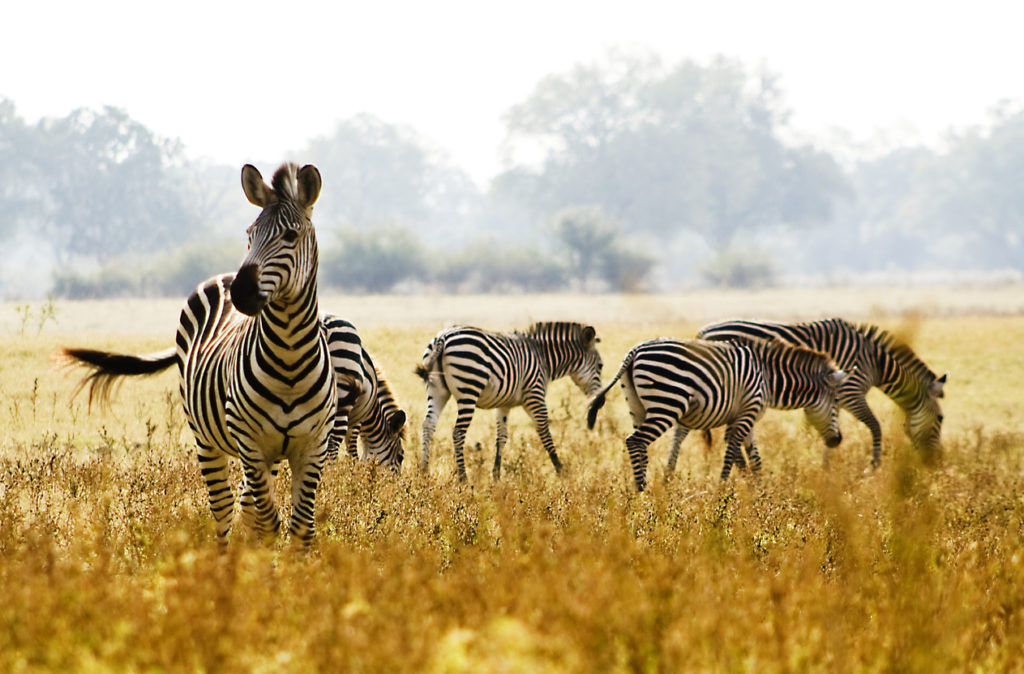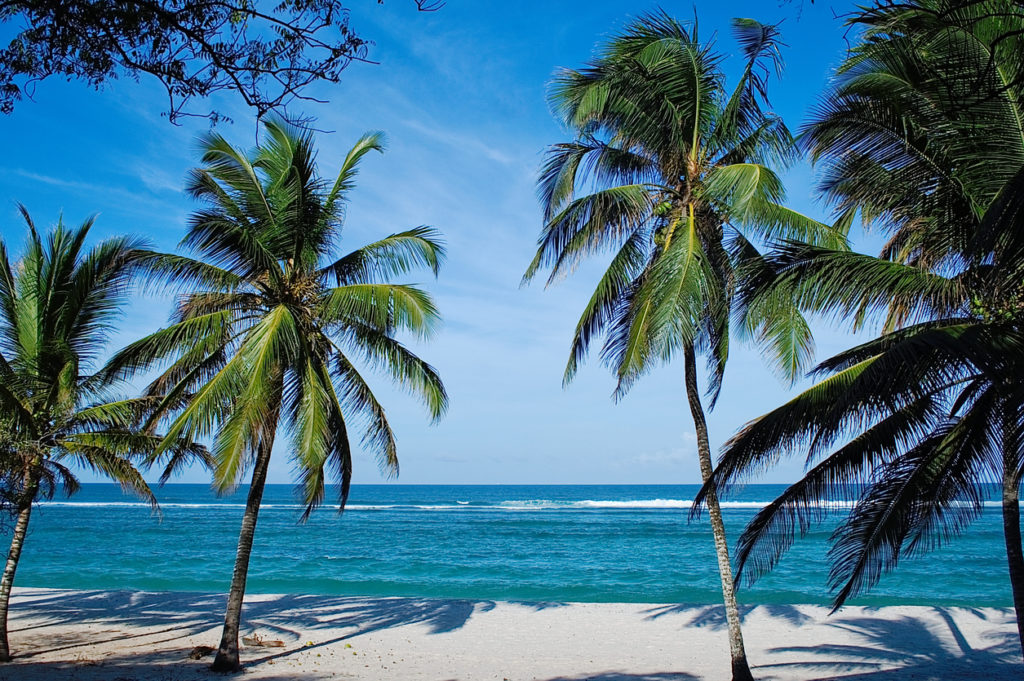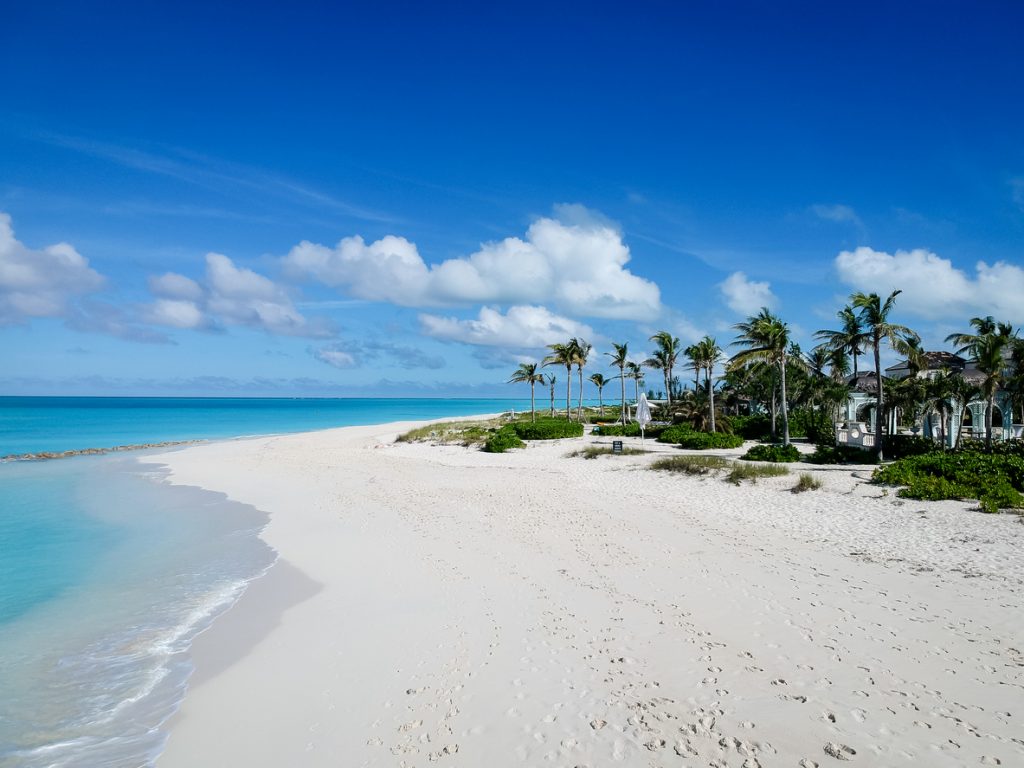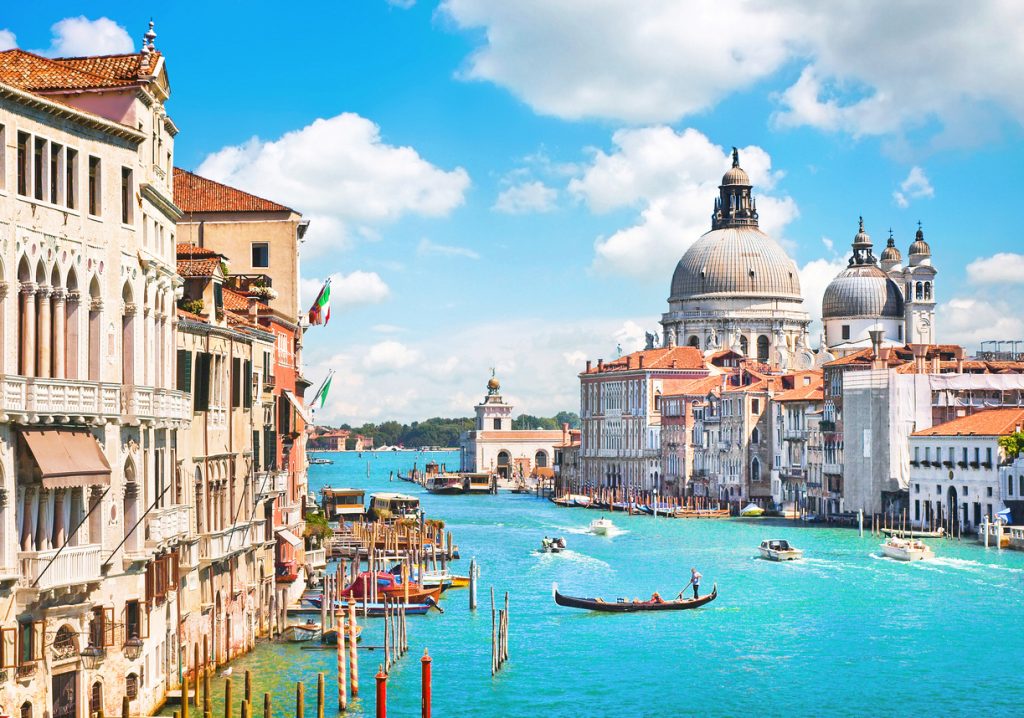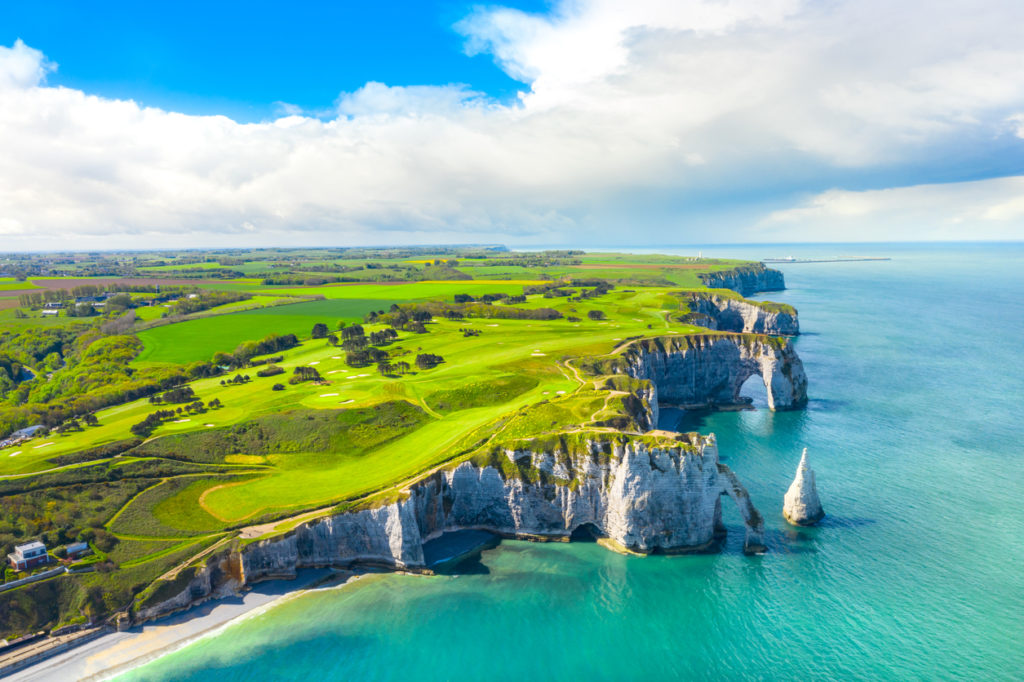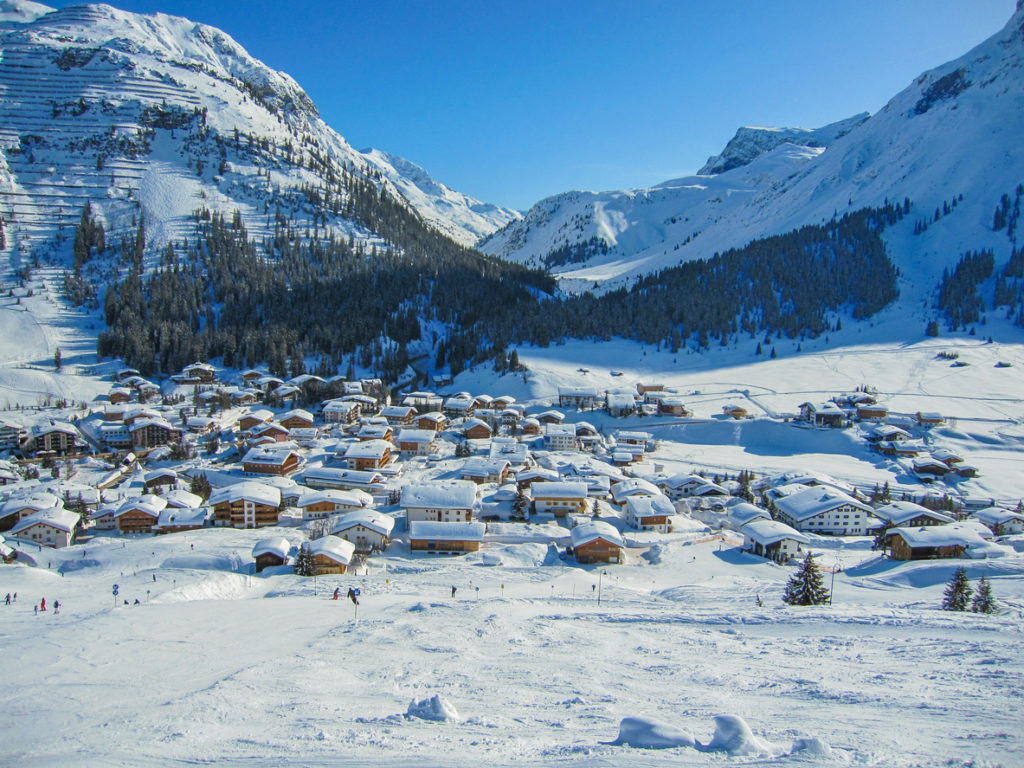
Exploring the Everglades is the closest you can get to exploring a tropical wilderness in Florida. Everglades National Park is the biggest tropical wilderness in the US, so be ready to encounter the American alligators, as well as pythons, turtles, and even panthers! The park is home to 36 endangered species and unique animals, including the Skunk Ape, a Bigfoot-like creature that weighs over 400 pounds, walks on two legs and, as the name suggests, emanates a strong, unpleasant odor. As with all Bigfoot-like animals, this too might just be a fruit of the imagination of the many travelers that have visited Everglades because the park doesn’t officially recognize that such a creature exists. However, this doesn’t stop tourists from coming here hoping they’ll meet this smelly ape.
While this creature might or might not be real, the park’s surreal beauty definitely is and is a good enough reason to explore at least a little corner of its 1.5 million acres of subtropical wilderness. The Everglades is such an important national park that it is considered a Wetland of International Importance, a World Heritage Site, and an International Biosphere Reserve. You can come here to hike, bike, boat or simply to walk one of its many trails and admire the wildlife.
How to get to the Everglades
Most tourists who visit the park come here either from Miami, the closest base to the Everglades, or Orlando. In Miami you can actually buy a hop-on hop-off bus pass with an airboat ride in the Everglades included, while from Orlando you can always choose a half-day Everglades package.
As expected, the easiest way to get around the park is by car. This way, you can explore the entire park in a day or two. Don’t forget to buy the national park pass for your car first.
Which entrance to choose

The Everglades National Park has three entrances, so you must decide which one to use because they are situated many hours apart. If you want to observe the park’s wildlife from up close, you can use the main entrance of the park – Shark Valley. This is located off the Tamiami Trail, connected directly to downtown Miami. There is also the Homestead national park entrances and the Thousands Islands area, but if you only have time for a short visit, Shark Valley is your best choice.
If you use the Homestead entrance, make sure to also enjoy their free guided trolley ride accompanied by a park ranger that will tell you interesting things about the park. You should also pack a picnic lunch and get ready to spend the day here. Want to spend more time in the Everglades? You can either camp in the park or book a room at a Homestead motel.
Where can you see the alligators
Everybody wants to spot the alligators in the Everglades. Start your exploration with the Big Cypress National Preserve, the home of the mighty alligators. They are lined along the canal banks, waiting and floating like big logs, mostly unseen but definitely present. They rule the swamp there and no one has ever dared to fight them for it. You can find them especially along the 25-mile Loop Road that leads off the main highway and takes you into the depth of the Everglades.
The easiest and safest way to admire these reptiles in the Everglades is to enjoy an airboat tour that will take you around Gator Park, especially since the admission to the park includes an airboat tour. This park has a stationary airboat, a great spot for taking photos and selfies.

What trails to follow
If you want to explore the Everglades by foot, you should definitely follow the Anhinga Trail. This is the best route to see the alligators, turtles, and spot a variety of birds, like anhingas, great blue herons, great white egrets, coot, cormorants, and moorhen. Moreover, this trail is great for everyone, being mostly a 0.8-mile boardwalk trail. There is no actual hiking involved because you will get close to wildlife just by walking. It’s true that the route is very accessible, but this is a great thing! This means that a lot of people will get to admire the beauty of the Everglades and its wildlife.
The Pinelands trail is a half-mile walk, this time through a Florida pine forest. The Mahogany Hammock Trails, another half-mile boardwalk will take you to an actual jungle, the one that you’re expecting to discover when you visit the Everglades.
What else can you do
If you want to experience the true Everglades, go slough slogging. There is no better way to explore the park than by off-trail hiking in the wetlands, guided by a park ranger. This is how you’ll learn more about the park and discover a side of the Everglades that many never see. Don’t forget to pack insect repellant!
Bring or rent a canoe or kayak and paddle through the park. You’ll have the 99-mile-long Wilderness Way waiting for you to navigate it or, if you don’t have seven or ten days to dedicate to this adventure, you can always choose a shorter trip on one of the many waterways in the Everglades.
If you prefer biking, the 15-mile round-trip offered by the Shark Valley bike trail is waiting for you. This is a great way to explore the park and discover unpaved trails, like the Otter Cave Hammock trail. There is a chance to see alligators along the way, but keep your calm and a safe distance at all times.
And don’t leave the park until you’ve admired the giants that live in the Corkscrew Swamp Sanctuary, the largest stand of old-growth cypress trees on Earth. Some of the cypresses here reach even 135 feet in height and 40 feet in circumferences.

